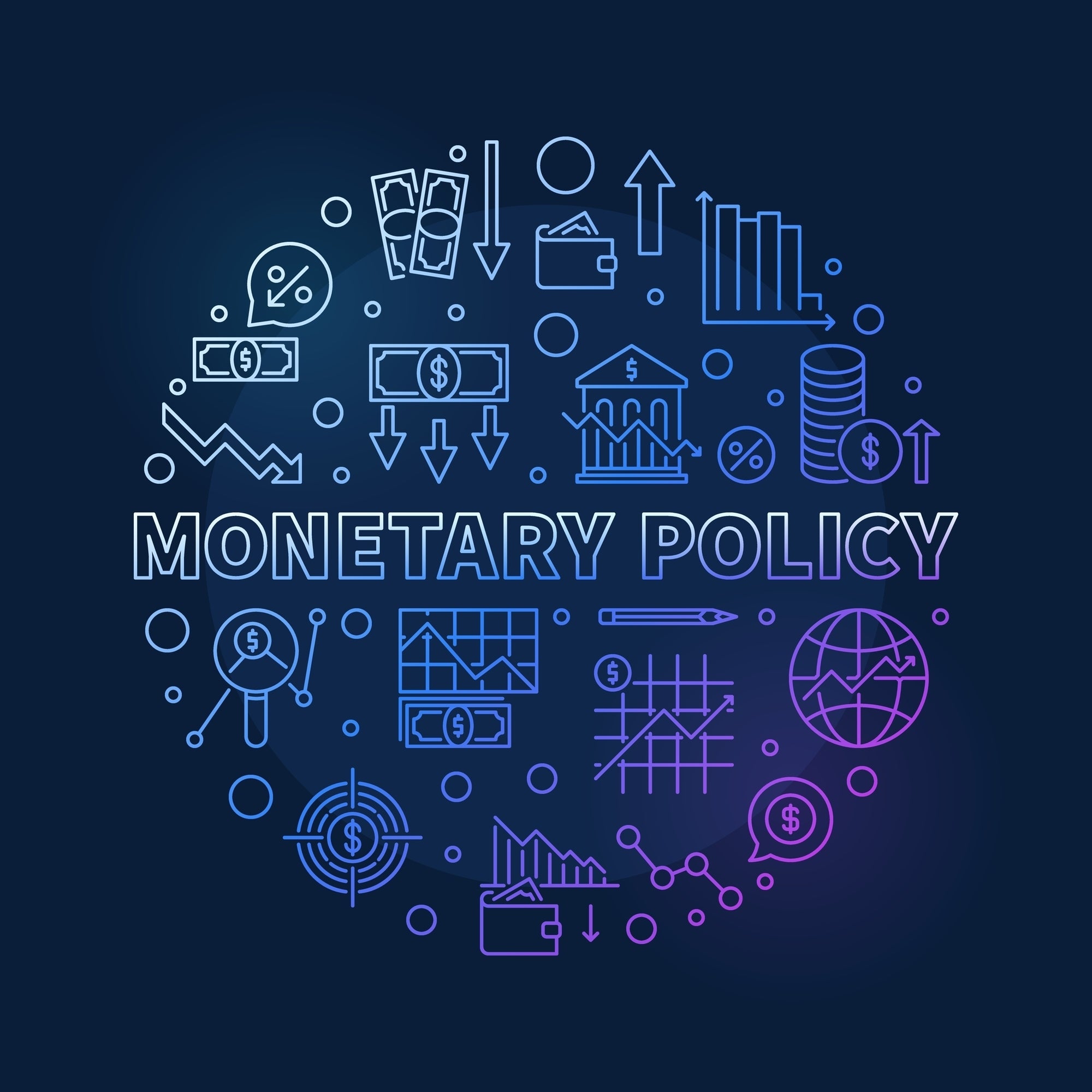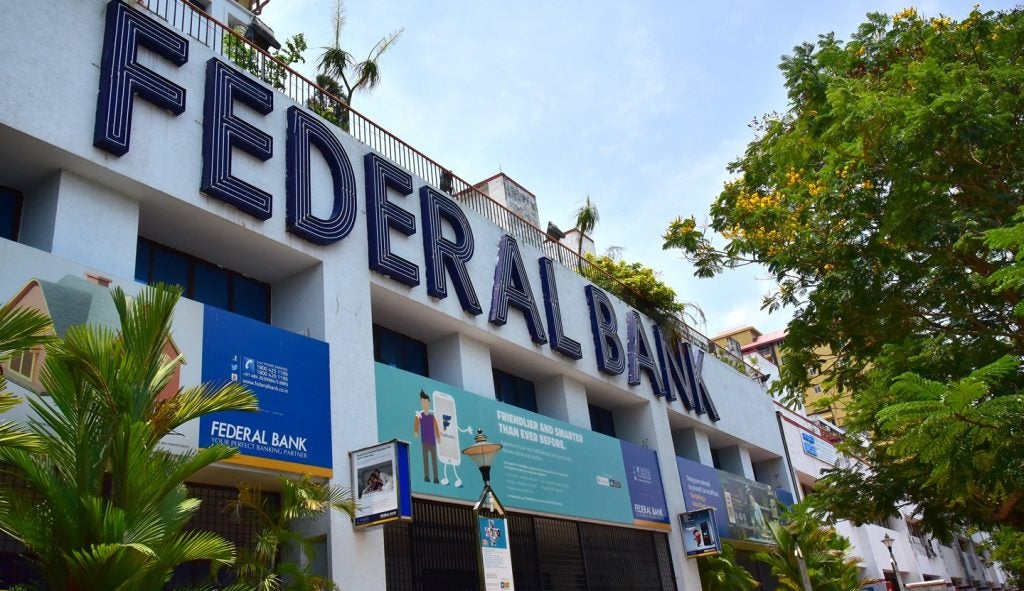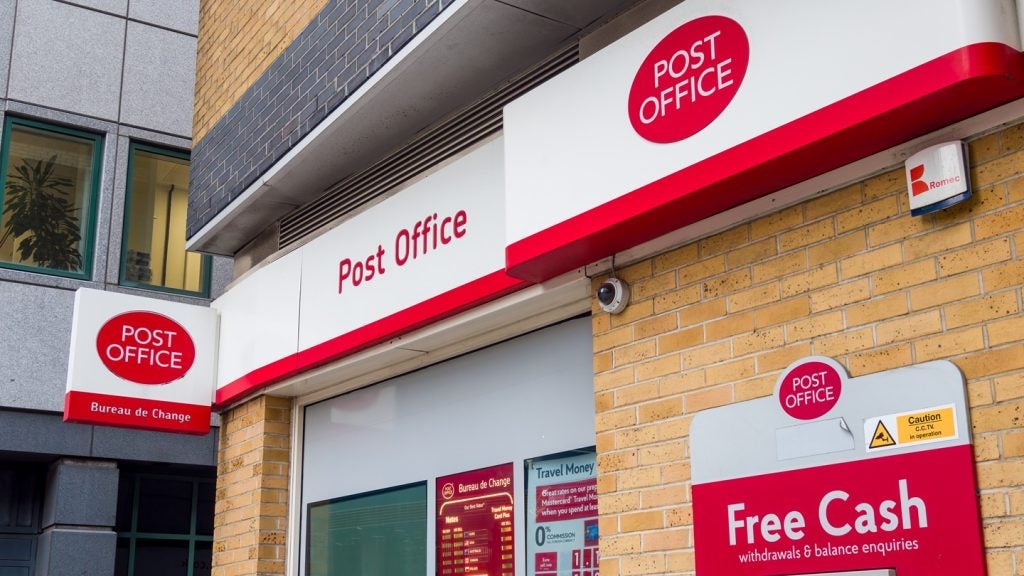2022 will be remembered as the year where no asset class was spared. The correlation between fixed income and equities was at its highest as the S&P 500 dropped 19.44% and the global aggregate credit index lost almost 16.96%. This positive relationship was unusual, as it defied economic textbooks and portfolio theory.
The reason for this market behavior was of course the fast-paced hiking cycle to rein in inflation which triggered the market collapse even though the economy was growing. As we enter the rate cutting cycle in both Europe and the US, can central banks reverse engineer this process? What can we expect from the markets in the near future?
Past cycles
When the ‘Dot.com’ bubble burst between March 2000 and July 2002, equities (represented by the S&P500) shed 50.0% of their value, while Bonds (represented by the global aggregate credit index) were up 29.7%. Through this period the Fed reduced the overnight rate by almost 500 bps to help support an economy reeling from recession. In fact, bonds compensated most of the losses experienced by equities and balanced portfolios held up relatively well. Contrary to 2022, rates acted as a shock absorber for equities.
During the GFC 2008, from September 2007 until March 2009, equities fell 57% while bonds also dropped 10% due to credit widening and defaults. The risk-free US 10-year note however was up 4.3%. The negative correlation is evident, the reason is simple: In 2000 and 2008, markets acting as a precursor to economic well-being dropped sharply, the economy fell into recession which brought about the easing of monetary policy, in contrast to many of the 2022 market behaviors. In textbook fashion, bonds acted as a defensive asset class in the face of crumbling equity markets. Which leads us to today, as we draw lessons from the past and try to predict, with some degree of accuracy, the future.
Front loading cuts
Now is the first time in the 2000s that the Fed is cutting rates by 50 bps with no recession in sight, and only the second time in modern history. This could be seen as both a pre-emptive measure against a slowing job market and a readjustment of real yields since inflation targets have been achieved. There is little reason to keep a restrictive monetary policy with inflation well below 3% and stable, so the Fed has taken the decision to cut hard now, leaving room for more maneuverability down the line. Keeping the monetary lag in mind, the effect of this cut will only be felt in six to twelve months’ time, in other words, it could be too late to stimulate the economy should they need to.
So far, markets have reacted positively to the “bold” move. At the time of writing, US and European equities are flirting with record highs, bond markets are stable and high yield spreads at historical lows. As long as consumer spending remains strong and GDP growth on track, there is no reason to believe that we will see a repeat of previous crises. On the contrary, we could have both the bond market and equities performing strongly.

US Tariffs are shifting - will you react or anticipate?
Don’t let policy changes catch you off guard. Stay proactive with real-time data and expert analysis.
By GlobalDataSmall to medium size companies stand to benefit most from rate cuts as it will directly impact their access to cheaper capital. Hence, we could see a rotation out of cash rich companies and mega caps, who will be earning less year on year on their substantial cash piles, than the broader market. High yielding dividend stocks also become more attractive on improved relative value versus the risk-free rate.
The recent yield curve inversion however indicates that gains from fixed income investments will be limited to cash flow generated from holding debt. Capital appreciation caused by further compression of interest rates is unlikely and cuts are discounted. Risks to inflation have not completely dissipated as potential new trade wars and expansionary fiscal policy pose unforeseen risk on prices.
A treacherous path
It is going to be a very interesting twelve months ahead with markets expecting 175 bps cuts to reach 3%, the neutral rate. The path however is bumpy and rarely goes in a straight line. Times ahead are challenging, geopolitical risks are rising, but not necessarily priced in, we are also awaiting the US elections and its implication on fiscal policy, and an uncertain job market, to mention a few risks ahead. But in the meantime, as long as the music plays, the party goes on.

Fadi Barakat is Chief Investment Officer, REYL Intesa Sanpaolo









